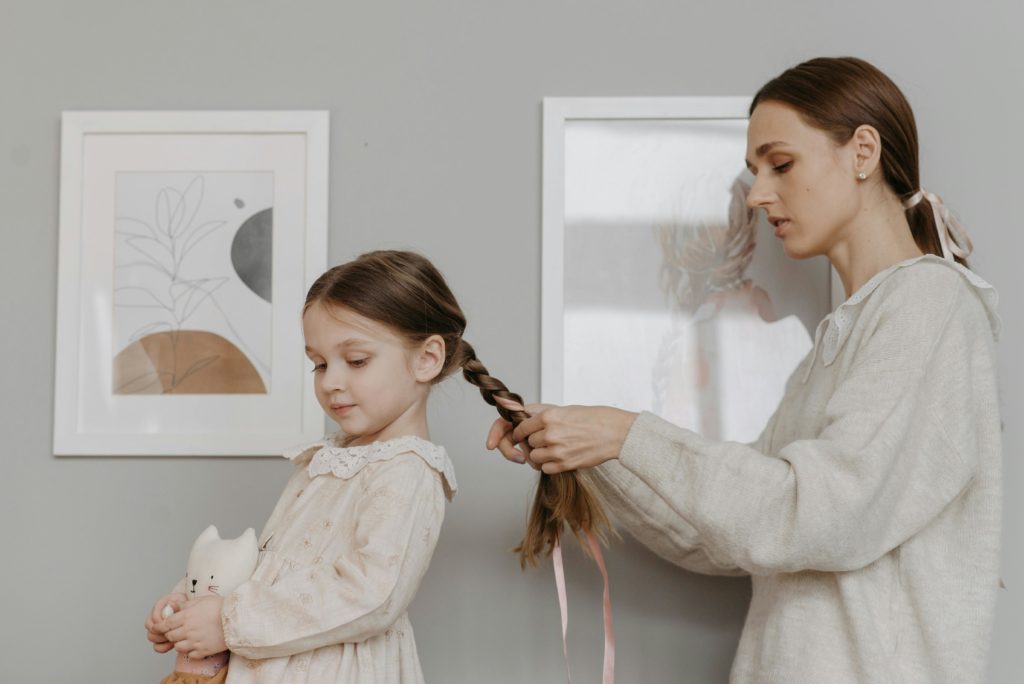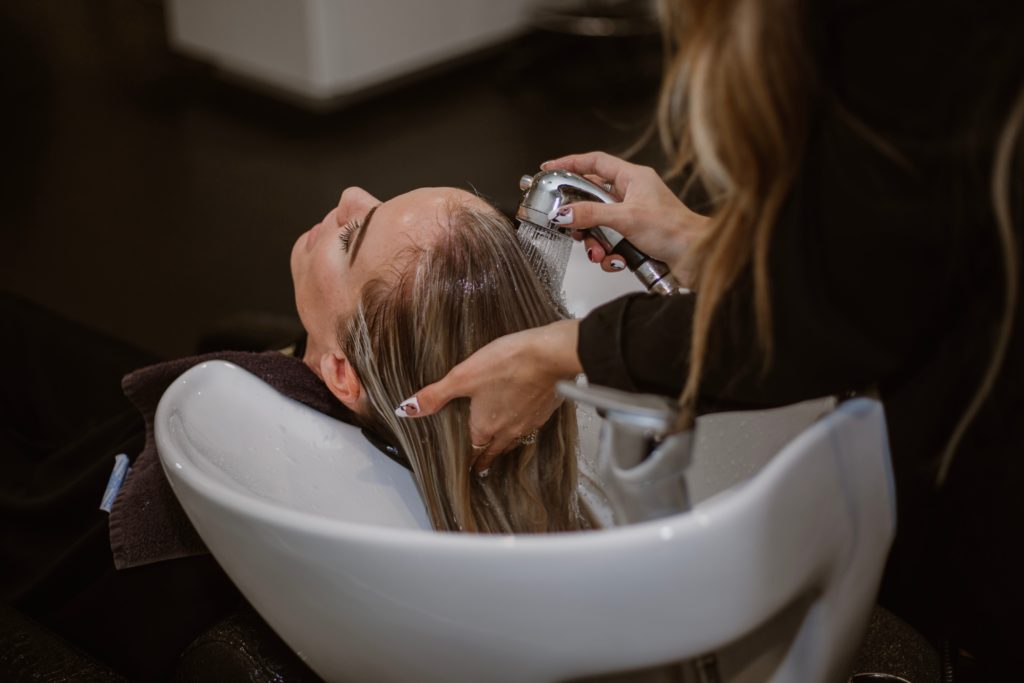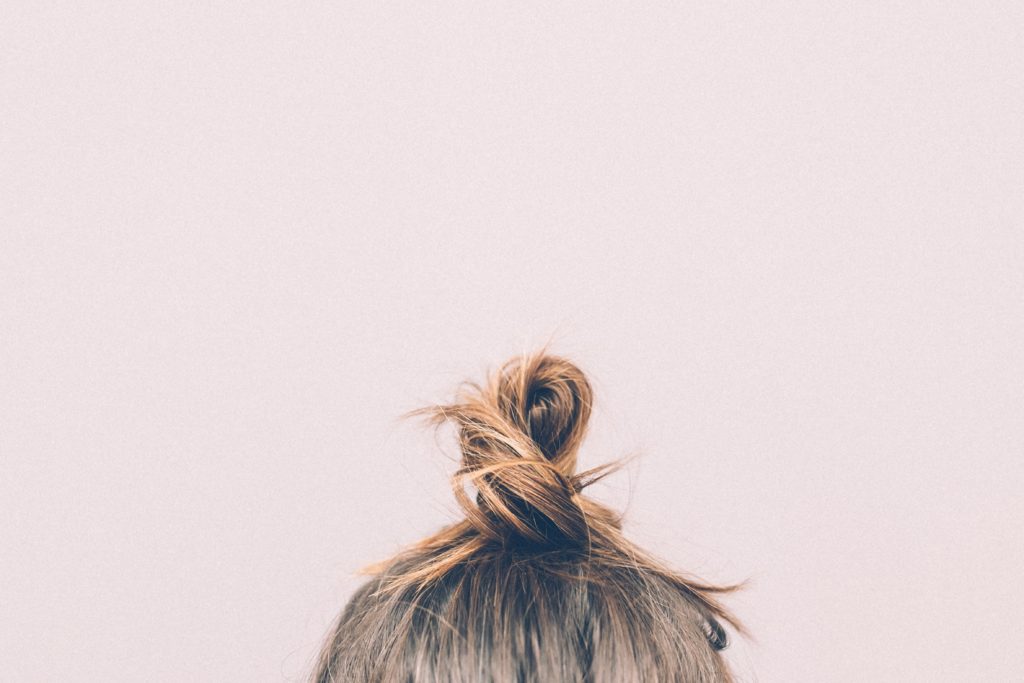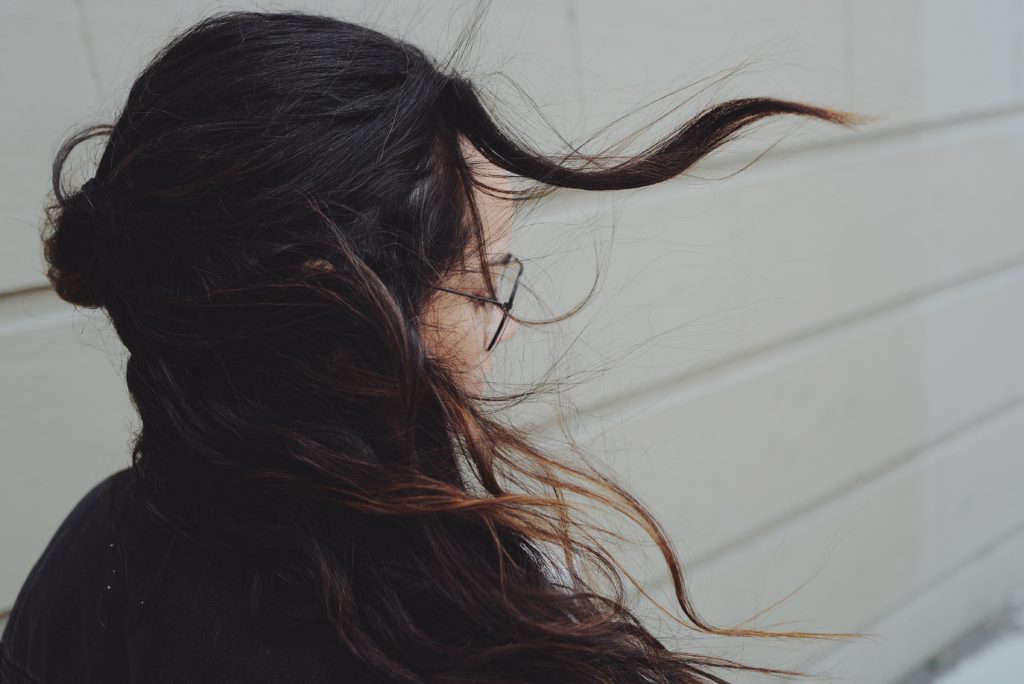Hair braiding is more than just a hairstyling technique; it is a cultural practice deeply rooted in history, tradition, and identity. Across continents and centuries, people have used braiding to adorn their hair, express their creativity, and communicate social status and belonging.
From intricate cornrows worn by African tribes to the elaborate plaits of European nobility, the art of hair braiding has advanced and diversified, reflecting the unique customs and values of each culture.
In this article, we will journey through time and space to explore the fascinating history of hair braiding techniques around the world, tracing their origins, significance, and enduring legacy in today’s diverse global society.
The Origins of Hair Braiding
The practice of braiding hair dates back thousands of years and can be traced to ancient civilizations across the globe. In Africa, hair braiding has a particularly rich and storied history, with evidence of elaborate braided hairstyles dating back as far as 3500 BCE.
In societies such as the ancient Egyptians, braiding was not only a fashion statement but also held religious and cultural significance, with different styles and patterns signifying social status, age, and even marital status.
Similarly, in other parts of the world, such as ancient China and India, hair braiding was a common practice, with intricate braided styles often reserved for special occasions and ceremonies.
Among Native American tribes, braiding was not only a practical way to keep hair neat and tidy but also a form of artistic expression, with braided styles incorporating beads, feathers, and other adornments.
The Evolution of Hair Braiding Techniques
As civilizations advanced and cultures intermingled, so too did hair braiding techniques. Throughout history, braiding has been influenced by migration, trade, and cultural exchange, resulting in a diverse array of styles and traditions.
In medieval Europe, for example, braided hairstyles became synonymous with nobility and aristocracy, with elaborate plaits and intricate designs adorning the heads of kings, queens, and courtiers.
During the transatlantic slave trade, African braiding traditions were brought to the Americas, where they merged with indigenous and European influences to create new and unique styles.
Braiding became not only a means of cultural preservation and resistance but also a form of communication and solidarity among enslaved Africans.
The Significance of Hair Braiding in Different Cultures
Hair braiding holds deep cultural significance in many societies, serving as a symbol of identity, heritage, and community. In Africa, braided hairstyles are often passed down from generation to generation, with mothers teaching their daughters the art of braiding as a rite of passage.
Braids can also convey messages about age, status, and tribe affiliation, with different patterns and styles holding specific meanings within each community.
Similarly, in Native American cultures, braiding is a sacred tradition, with hairstyles often incorporating symbolic elements that reflect the wearer’s connection to nature, spirituality, and ancestry.
Among the Maasai people of East Africa, braided hairstyles are an essential part of cultural identity, with intricate beadwork and colorful patterns adorning the hair of both men and women.
The Modern Resurgence of Hair Braiding
In recent years, there has been a resurgence of interest in traditional hair braiding techniques, driven by a growing appreciation for cultural diversity and authenticity. In the fashion and beauty industries, braided hairstyles have become increasingly popular, with celebrities, influencers, and everyday people alike embracing braids as a fashionable and versatile choice.
From sleek cornrows and intricate fishtail braids to bohemian-inspired braided crowns, there is no shortage of creative and innovative braided styles to choose from.
Social media platforms like Instagram and Pinterest have played a significant role in popularizing braids, with tutorials, inspiration, and styling tips readily available at the click of a button.
Conclusion
Hair braiding is more than just a hairstyling technique; it is a cultural practice with deep roots and enduring significance. Across continents and centuries, people have used braiding to express their creativity, communicate their identity, and celebrate their heritage. From ancient civilizations to modern-day trends, the art of hair braiding has advanced and diversified, reflecting the unique customs and values of each culture.
FAQs
Q1: Can anyone learn how to braid hair?
Yes, anyone can learn how to braid hair with practice and patience. There are many resources available, including online tutorials, books, and classes, to help beginners master basic braiding techniques.
Q2: Are there cultural considerations to keep in mind when braiding hair?
Yes, it’s essential to be mindful of cultural sensitivity and respect when braiding hair. Certain braided styles may hold specific cultural or religious significance, so it’s important to educate oneself and seek permission if braiding someone else’s hair.
Q3: How long does it take to braid hair?
The time it takes to braid hair depends on various factors, including the length and thickness of the hair, the complexity of the chosen style, and the skill level of the braider. Simple braided styles can take anywhere from a few minutes to an hour, while more intricate designs may require several hours or even multiple sessions.
Q4: Can braiding damage hair?
While braiding itself is not inherently damaging to hair, tight or improperly done braids can cause tension and stress on the hair follicles, leading to breakage and hair loss. It’s essential to use gentle techniques and avoid braiding hair too tightly to prevent damage.
Q5: Are there any health benefits to braiding hair?
Yes, braiding hair can offer several health benefits, including protecting the hair from environmental damage, reducing tangles and knots, and promoting healthy hair growth. Braids can also help distribute natural oils throughout the hair, keeping it moisturized and hydrated.



